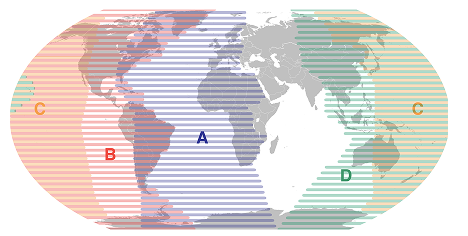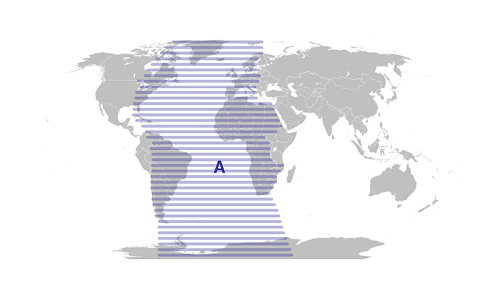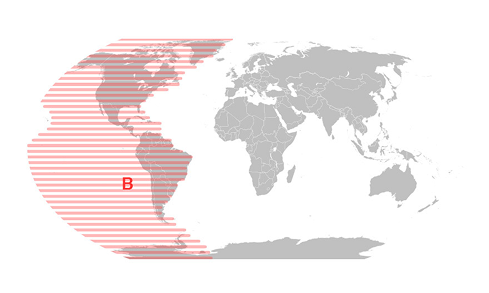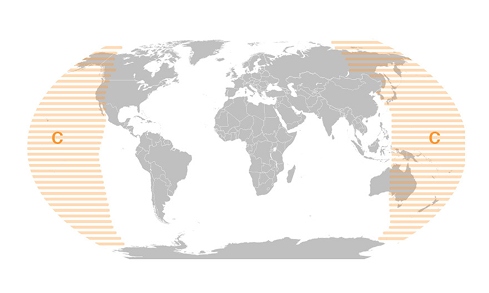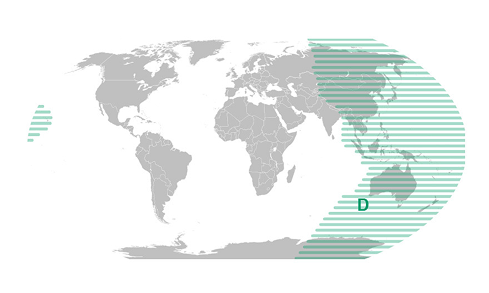
The Original Circle of Security Intensive Model
The original Circle of Security Intensive model, although shown to be effective, is time and resource intensive. Furthermore, as a clinical therapy model, it required advanced clinical training and supervision; this meant groups of providers without clinical training had no access to key Circle of Security concepts and this, in turn, restricted the number of parents who could learn about the Circle.
In 2007 Cooper, Hoffman, and Powell started development of an eight-session parent reflection program, Circle of Security Parenting (COSP™). The idea was to create COSP on the same theoretical foundation as the COS Intensive model but rather than using individualized video reviews, facilitators would use video clips of parents and children that were captured with the specific goal of introducing attachment theory in an accessible manner.
The Creation Process of the COSP™ Program
In this video, Glen, Kent and Bert talk about how they started the project of creating COSP.
Worldwide Interest
During the three years of production, the DVD was piloted in six countries at 30 different sites. Expert advice from colleagues around the world were incorporated into the final version. In 2010 the COSP™ DVD was released and between 2010 and 2019, more than 30,000 providers, from many different backgrounds and countries have been trained in Circle of Security Parenting. COSP™ has been translated in many languages and has been used with couples, with individuals and especially with groups of parents (typical group size is 4-12) across the world.
This short video shows just some of the languages that COSP program has been translated into.
In many ways, it has been surprising how interest in COSP™ has spread around the world. Here is a video of Glen, Kent and Bert talking about their own amazement at the worldwide interest in COSP™ and their reflections on what this interest might be about.
Enduring Impact
From its initial conception as a more scalable solution, Circle of Security Parenting has experienced an unexpectedly vast global journey. The insights shared by Glen, Kent, and Bert highlight not only the program's success but also the enduring human desire for connection, paving the way for continued growth and impact.



